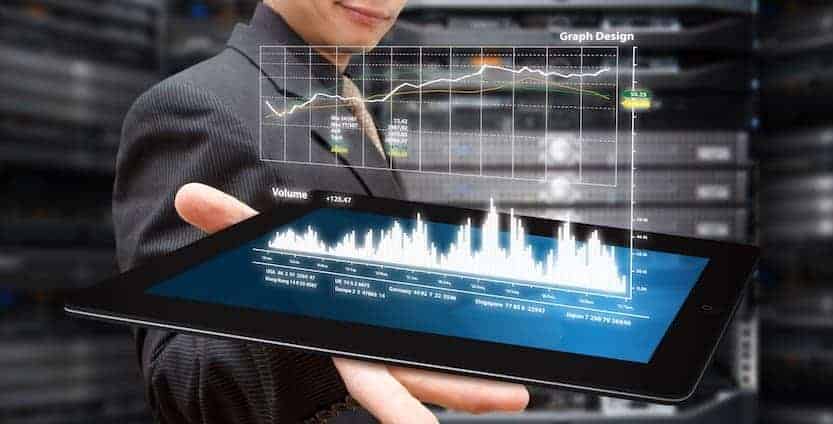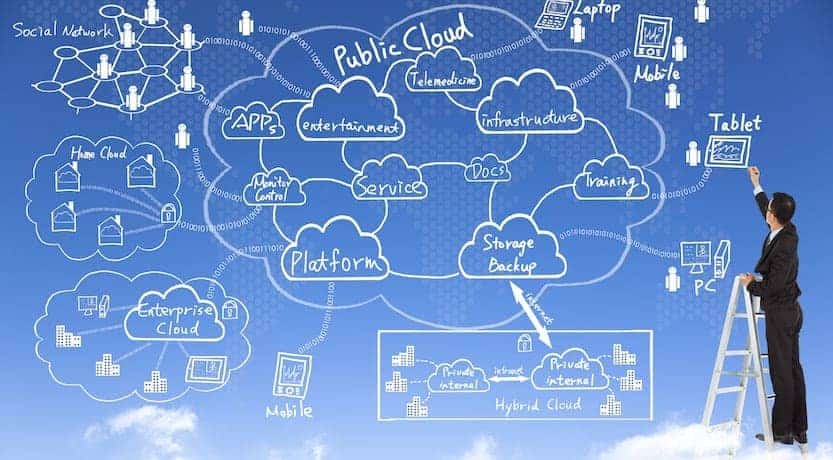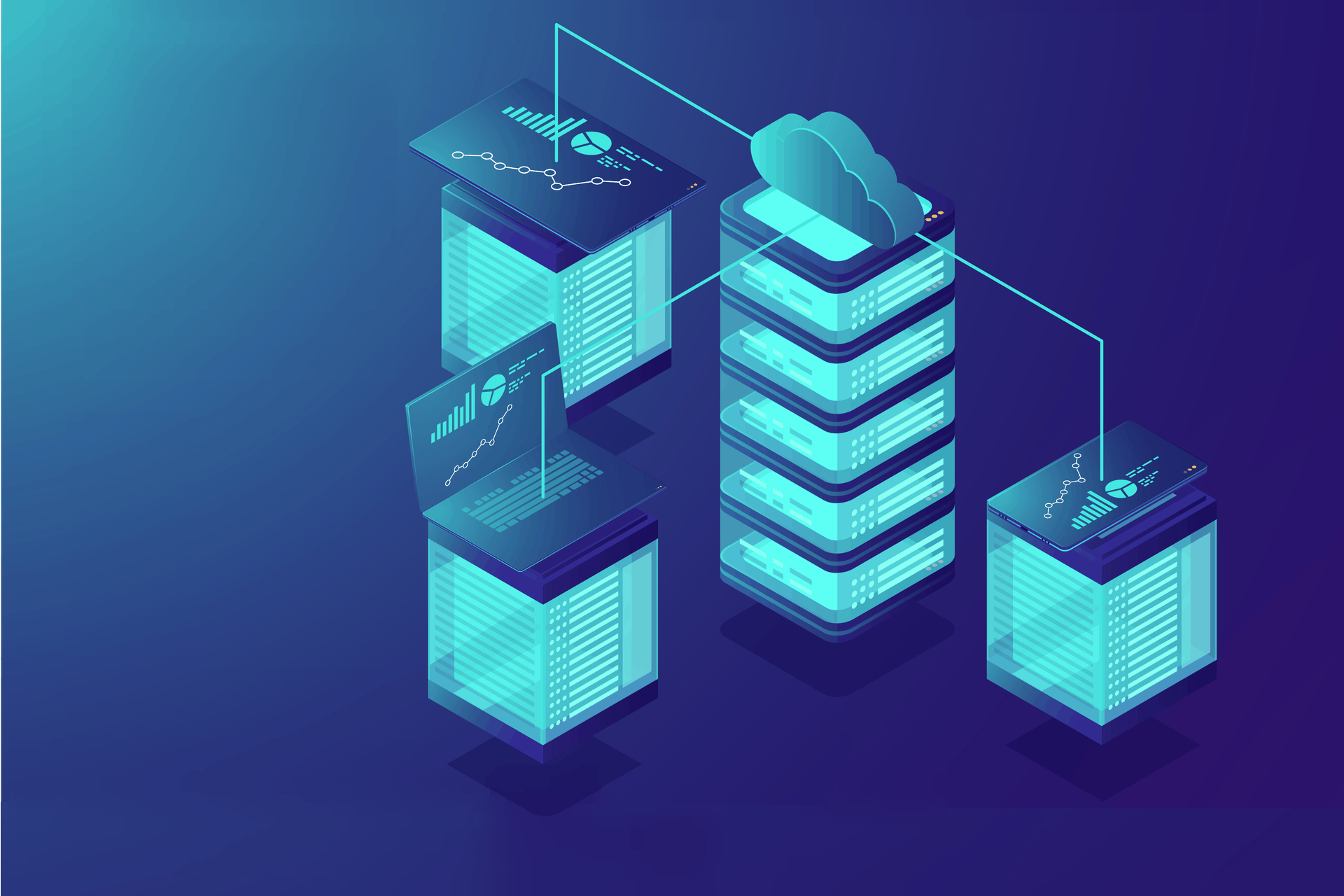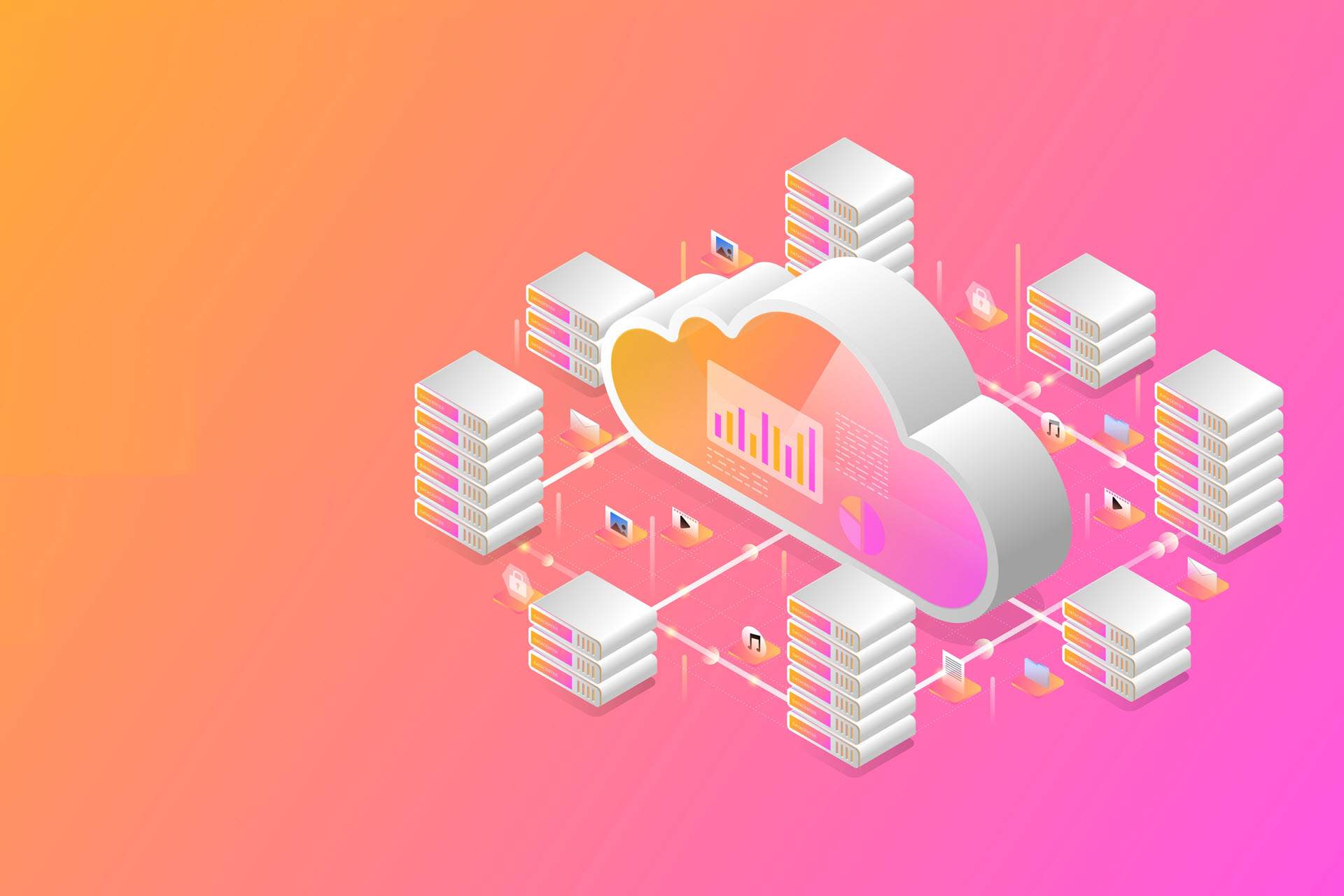Cloud monitoring is a suite of tools and processes that reviews and monitors cloud computing resources for optimal workflow.
Manual or automated monitoring and management techniques ensure the availability and performance of websites, servers, applications, and other cloud infrastructure. Continually evaluating resources levels, server response times, speed, availability, and predicts potential vulnerability future issues before they arise.
Cloud Monitoring Strategy As An Expansion of Infrastructure
Web servers and networks have continued to become more complicated. Companies found themselves needing a better way to monitor their resources.
Cloud monitoring tools were developed to keep track of things like hard drive usage, switch, and router efficiency, and processor/RAM performance. These are all excellent, and vulnerabilities. But many of these management tools fall short of the needs for cloud computing.
Another similar toolset, often used by network administrators, is configuration management. This includes user controls like group policies and security protocols such as firewalls and/or two-factor authentication. These work based on a preconfigured system, which is built on anticipated use and threats. However, when a problem occurs, these can be slow to respond. The issue must first be detected, the policy adjusted, then the change implemented. A delayed response time of manually logging and reviewing can bog this process down even further.
A cloud monitor uses the advantages of virtualization to overcome many of these challenges. Most cloud functions run as software in a constructed virtual environments. Because of this, monitoring and managing applications can be built into the fabric of that environment; including resource cloud management and security.

The Structure of Cloud Monitoring Solutions
Consider the growing range of SaaS services such as Software, Platform, and Infrastructure. Each of these services runs in a virtual server space in the cloud. For example; Security as a Service lives in a hosted cloud space in a data center. Users remotely connect over the internet. In the case of cloud platform services, an entire virtual server is created in the cloud. A virtual server might span across several real-world servers and hard-drives, but it can host hundreds of individual virtual computers for users to connect to.
As these services exist in a secure environment, there is a layer of insulation between the real-world monitoring and cloud-based monitoring.
Just as a network monitoring application is capable of being installed on a Local Area Network (LAN) to watch network traffic, monitoring software can be deployed within the cloud environment. Instead of examining hard drives or network switches, monitoring apps in the cloud track resources across multiple devices and locations.
One important feature of cloud server monitoring is that it provides more access and reporting ability than traditional infrastructure monitors.

Types of Cloud-Based Monitoring of Servers & Their Benefits
Website: A website is a set of files stored on a computer, which in turn sends those files to other computers over a network.
The host can be a local computer on your network, or remotely hosted by a cloud services provider. Some of the essential metrics for website monitoring include traffic, availability, and resource usage. For managing a website as a business asset, other parameters include user experience, search availability, and time on page. There are several ways this monitoring can be implemented and acted on. A monitoring solution that tracks visitors might indicate that the “time on page” metric is low, suggesting a need for more useful content. A sudden spike in traffic could mean a cyber attack. Having this data available in real-time helps a business adjust its strategy to serve customer needs better.
A virtual machine is a simulation of a computer, within a computer. This is often scaled out in Infrastructure as a Service (IaaS), where a virtual server hosts several virtual desktops for users to connect to. A monitoring application can track users and traffic, as well as infrastructure and the status of each machine. This offers the benefits of traditional IT infrastructure monitoring, with the added benefits of additional cloud monitoring solutions. From a management perspective, tracking employee productivity and resource allocation can be important metrics for virtual machines.
Database Monitoring: Many cloud applications rely on databases, such as the popular SQL server database. In addition to the previous benefits, a database monitor can also track queries and data integrity. It can also help to monitor connections to the database to show real-time usage data. Tracking database access requests can also help improve security. For example, resource usage and responsiveness can show if there’s a need for upgraded equipment. Even a simple uptime detector can be useful if your database has a history of instability. Knowing the precise moment a database goes down can improve resolution response time.
Virtual Network: This technology creates software versions of network tech, such as routers, firewalls, and load balancers. As they are designed with software, integrated tools to monitor can give you a wealth of data about their operation. For example, if one virtual router is continuously overwhelmed with traffic, the network can be adjusted to compensate. Instead of replacing hardware, virtualization infrastructure easily adapts to optimize the flow of data. Also, monitoring tools analyze user behavior to detect and resolve intrusions or inefficiencies.
Cloud Storage: Secure cloud storage combines multiple storage devices into a single virtual storage space.
Cloud computing monitoring track multiple analytics simultaneously. More than that, cloud storage is often used to host SaaS and IaaS solutions. In these applications, it can be configured to track performance metrics, processes, users, databases, and available storage. This data is used to focus on features that users find helpful or to fix bugs that disrupt functionality.

Best Practices For Monitoring
Decide what metrics are most critical. There are many customizable cloud monitoring solutions. Take an inventory of the assets you are using. Then map out the data you would like to collect. This helps to make informed decisions about which cloud monitoring software best fits your needs. It also gives you an advantage when moving to implement a monitoring plan. For example, an application developer might want to know which features are used the most, or the least. As they update, they may scrap features that aren’t popular in favor of features that are. Or, they may use application performance monitoring to make sure they have a good user experience.
Automate the monitoring. One compelling feature is scripting. Monitoring and reporting can be scripted to run automatically. Since cloud functions are virtual, it’s easy to implement software monitoring into the fabric of the cloud application. Even logging and red-flag events can be automated to send a notice when problems are detected. For example, an email notification might be sent if unauthorized access is detected or if resource usage exceeds a threshold.
Consider the security of cloud-based applications. Many users believe that their data is less secure on a remote cloud server than on a local device. While it is true that data centers present a tempting target for hackers, they also have better resources. Modern data centers invest in top-tier security technology and personnel. This offers a significant advantage over end users. With that said, it’s still crucial for cloud users to be mindful of cloud security.
While data centers offer protection for the hardware and infrastructure, it’s important to exercise good end-user security habits. Proper data security protocols like two-factor authentication and strong firewalls are a good start. Monitoring can supplement that first line of defense by tracking usage within the virtual space. This helps detect vulnerabilities by reporting habits that might create security gaps. It also helps by recognizing unusual behavior patterns, which can identify and resolve data breach.

Final Thoughts: Cloud Based Monitoring
With the virtual nature of cloud computing management, infrastructure is already in place for cloud monitoring applications. For a reasonable up-front investment of time and money, monitoring applications can deliver a wealth of actionable data. This data gives businesses insight into which digital strategies are more effective than others. It can identify costly and ineffective services as well.
It is worth looking at application monitoring to report on how your cloud resources are being used. There may be room for improvement.



